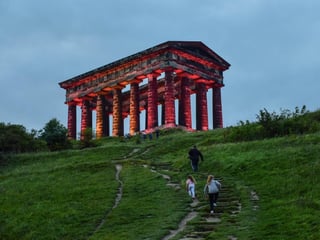The story of why a pointless lighthouse was built more than a mile inland in Sunderland
and live on Freeview channel 276
It’s unsurprising that Sunderland would be home to lighthouses, there are still two fine examples of lighthouses here today; in Cliffe Park and on Roker Pier.
What sets this particular lighthouse apart is the fact that it never served any practical purpose. Whereas the other two were sensibly built on the twin piers of the coast (the Cliffe Park lighthouse stood on the south pier until it was moved in 1983), this one was a mile inland.
Where and why
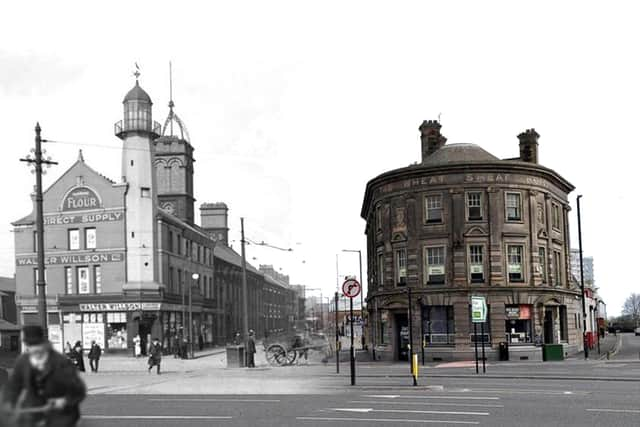

Advertisement
Hide AdAdvertisement
Hide AdIt stood on the corner of Roker Avenue and Newcastle Road, adjacent to the Wheat Sheaf Pub and not far from Wearmouth Colliery, now the site of the Stadium of Light.
This area close to the colliery was seen as the town centre at the time, and was the busiest part of Sunderland.
The pointless lighthouse was built in the 1870s by a local businessman, shopkeeper and obviously a lighthouse enthusiast, one Mr Wills. He had two attributes guaranteed to make any enterprise succeed; single-minded determination and, more importantly, a stack of cash.
He had inherited a large sum of money which is used to fund the project.
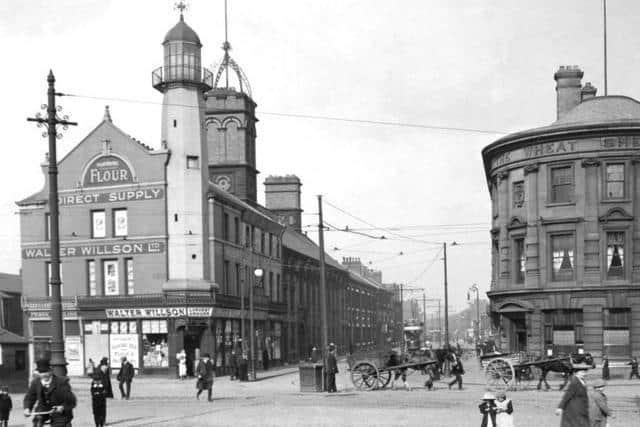

Advertisement
Hide AdAdvertisement
Hide AdAlthough the first thought of most people when presented with a massive windfall is not to build a lighthouse nowhere near the coast, Mr Wills was different and he built a three-story building on the plot, adding the lighthouse later.
The lighthouse that was never lit up
The lighthouse would only ever be lit up once, right at the end of its life - and then not in a good way.
It was modelled loosely on the lighthouse that stood at that time on the North Pier (the current one wasn’t completed until 1903). Mr Wills intended it to be fully functional, showing sailors of all nationalities exactly where to find the Wheat Sheaf.
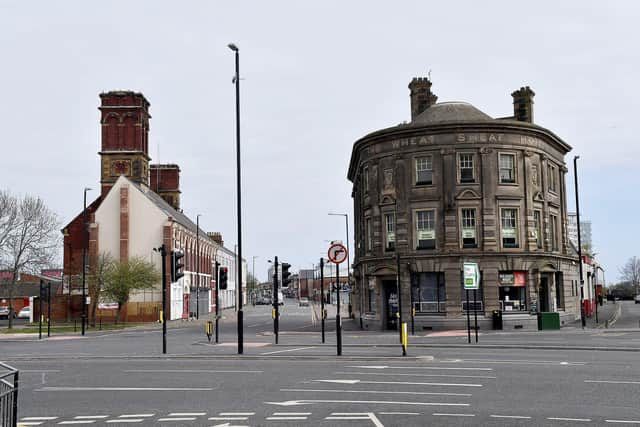

But it was not to be. The port authorities would not allow it to shine, saying it would misguide vessels which were headed for the River Wear.
Advertisement
Hide AdAdvertisement
Hide AdWhile it might seem that only the most spectacularly incompetent navigator could haplessly manoeuvre an ocean-going steamship a mile up Roker Avenue, officials would never waver from their caution.
Nevertheless, the building was still a remarkable project. Apart from the lighthouse it had a large furnace on its third floor, a lift (a modern wonder at the time) and large cellars which apparently occasionally filled up with water believed to come from an underground spring.
The occupants
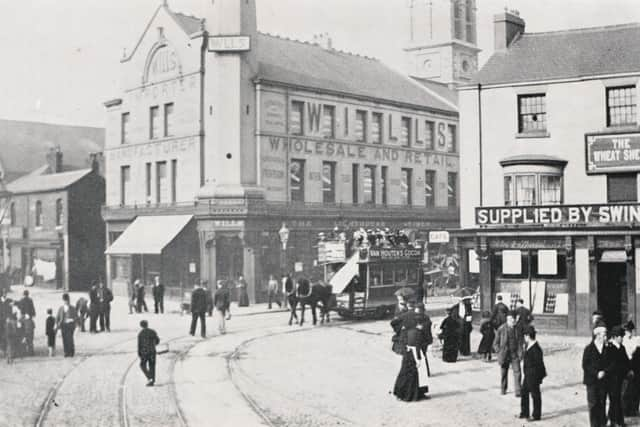

What became known locally as the lighthouse building would be home to various businesses.
Early in the twentieth century it was a branch of the grocers Walter Willson, which had outlets across the North East (the last of which only disappeared in 1998).
Advertisement
Hide AdAdvertisement
Hide AdBut most people today who recall the lighthouse will best remember it towering over the sweet shop JC Marlee which was especially popular with pupils of the nearby Thomas Street School, who would descend like locusts when lessons were over until the school closed permanently in 1963.
The end
Alas, the eye-catching lighthouse building came to an undignified end in 1970, by which time it was derelict. It was to be knocked down to make way for a new road system.
But the demolition was brought forward by a fire which broke out at 6.45pm on November 5: Bonfire Night.
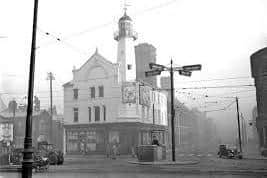

Crowds oohed and aahed as the flames, according to the following day’s Echo, reached heights of 100 feet high and spread to the adjoining West House, which was next door to the Miners’ Welfare Hall.
Advertisement
Hide AdAdvertisement
Hide AdIt was perilous and West House was burnt down. A massive effort was needed to stop the blaze from spreading.
Byers Garage and the Wheat Sheaf over the road also had close escapes, although the pub’s windows cracked with the heat.
Sixty firemen needed two hours and thousands of gallons of water to bring the inferno under control.
The demolition started by the fire was soon completed by more approved methods.
Advertisement
Hide AdAdvertisement
Hide AdFloodlights from Sunderland’s Public Works Department were shone on the lighthouse during the work meaning that after almost a century, it had finally been lit up. We can only wonder if the now long-departed Mr Wills would have taken solace in this.
And now ...
The lighthouse’s adjoining premises are today home to a gym and the Hi-Performance garage. The land on which the lighthouse once proudly, albeit pointlessly stood, is occupied only by a clump of trees.
Thanks to Philip Curtis of Sunderland Antiquarians.
A message from the Editor:
